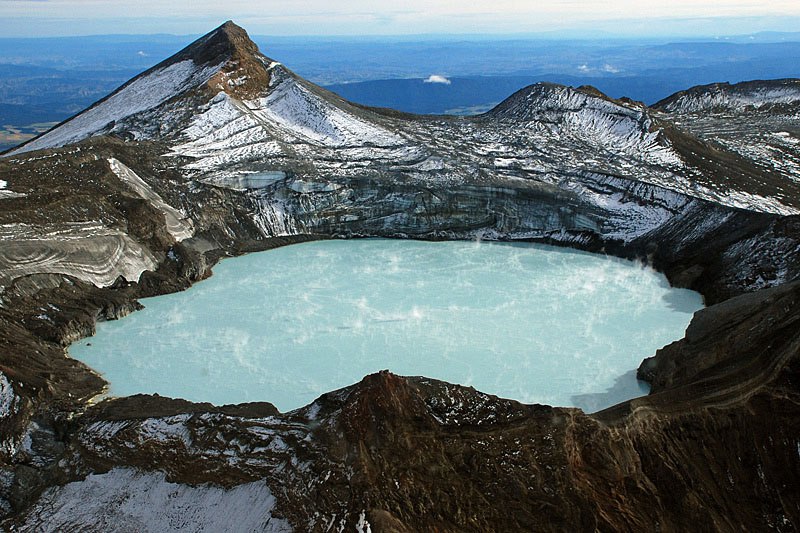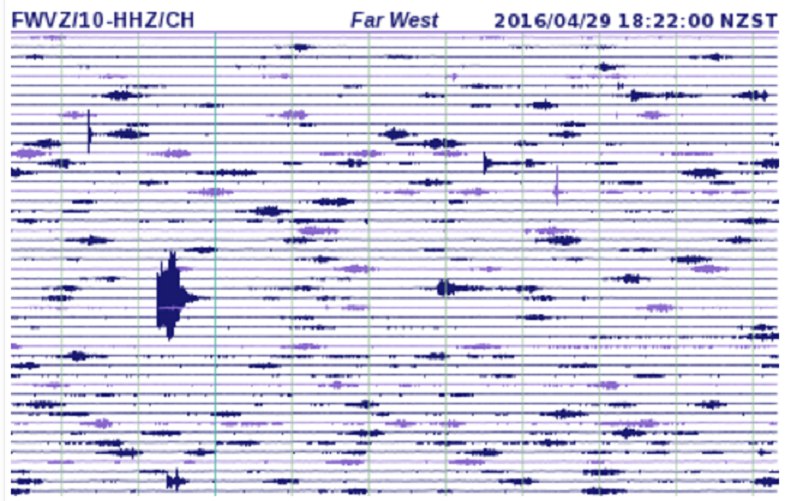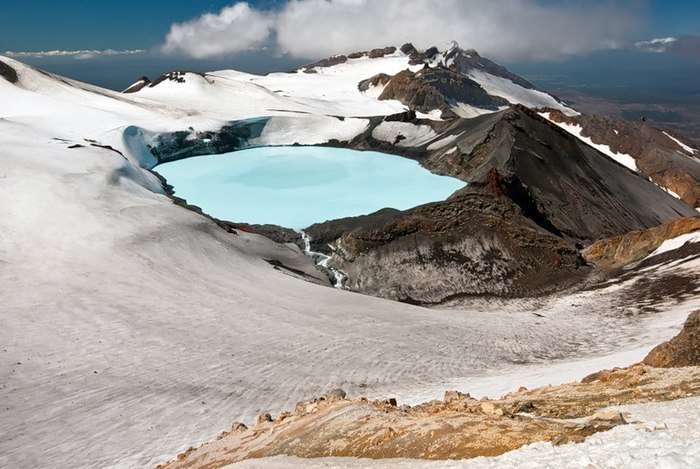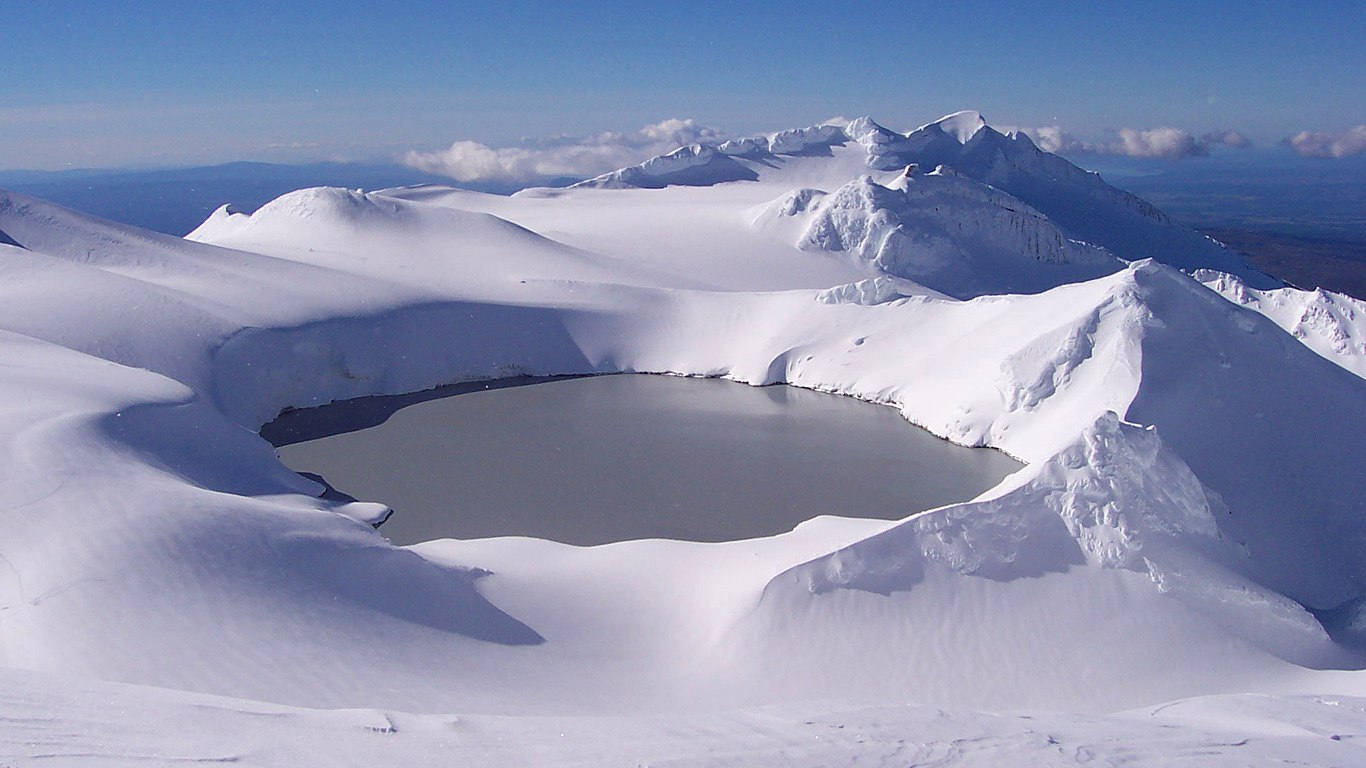Volcanologists are closely monitoring Mt Ruapehu after recording a volcanic earthquake swarm beneath the Crater Lake on April 29, 2016.
Moreover, the temperature of the Crater Lake has been rising since mid-April 2016 from 25C to 40C. Next eruption ahead?

Mount Ruapehu is the largest active volcano in New Zealand and is composed of three major peaks: Tahurangi (2,797 m), Te Heuheu (2,755 m) and Paretetaitonga (2,751 m).

The deep, active crater is situated between the peaks and fills with a crater lake between major eruptions.

On April 29, 2016, the volcano was struck by a series of earthquakes and volcanologists from GNS are uncertain of the implications of the recent observations.
Moreover, the temperature of the Crater Lake has been rising from 25C to 40C since mid-April 2016.

At this time this volcanic earthquake swarm and this large change in temperature are not enough to change the volcanic alert level by specialists although swarms of volcanic earthquakes like these are uncommon on Ruapehu.
These changes at Mt Ruapehu are probably not related to White Island’s volcanic eruption on April 27, 2016.













[…] In a 3 May notice GeoNet stated that the size and number of events in the swarm had decreased; a period of moderate volcanic tremor began at 1310 on 2 May and lasted about an hour. The lake temperature had peaked at 42 degrees, equal to the highest recorded temperature since 2011. At around 1400 on 7 May tourists on an overflight of the area observed vigorous steaming at the lake surface and upwelling bubbles. The lake temperature rose further, to 44 degrees, establishing a new high since temperatures started to be recorded in 2000. The earthquake swarm had stopped, though the seismic network continued to record volcanic tremor. On 11 May GeoNet stated that recent visits to the lake confirmed increased gas emissions from the crater lake. The lake temperature increased to 46 degrees and moderate levels of volcanic tremor continued. The Volcanic Alert Level was raised to 2 (moderate to heightened unrest) and the Aviation Colour Code was raised to Yellow. […]